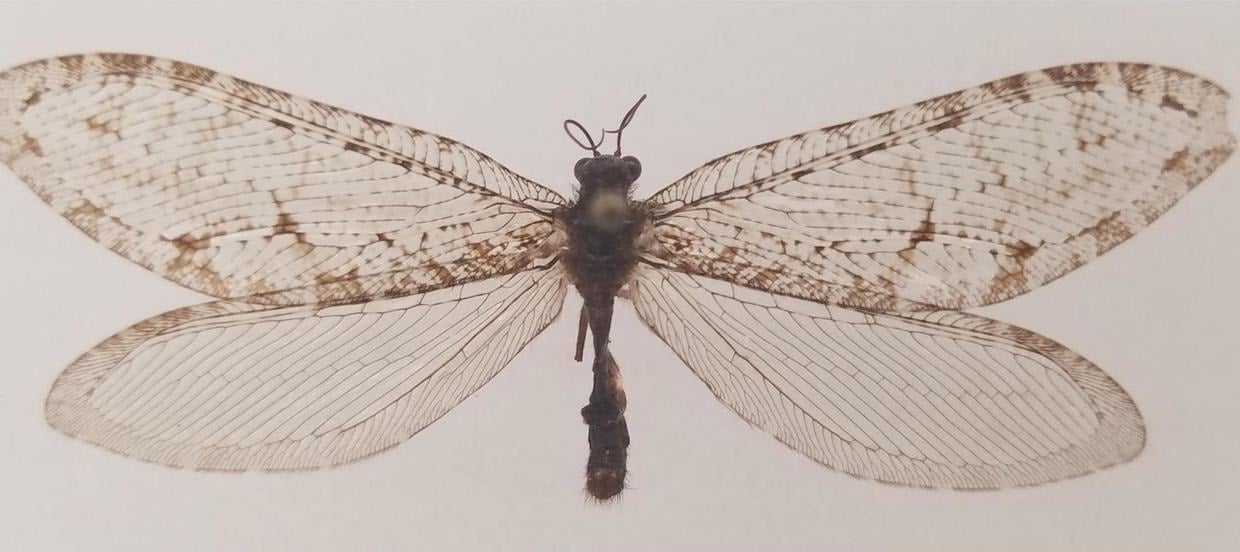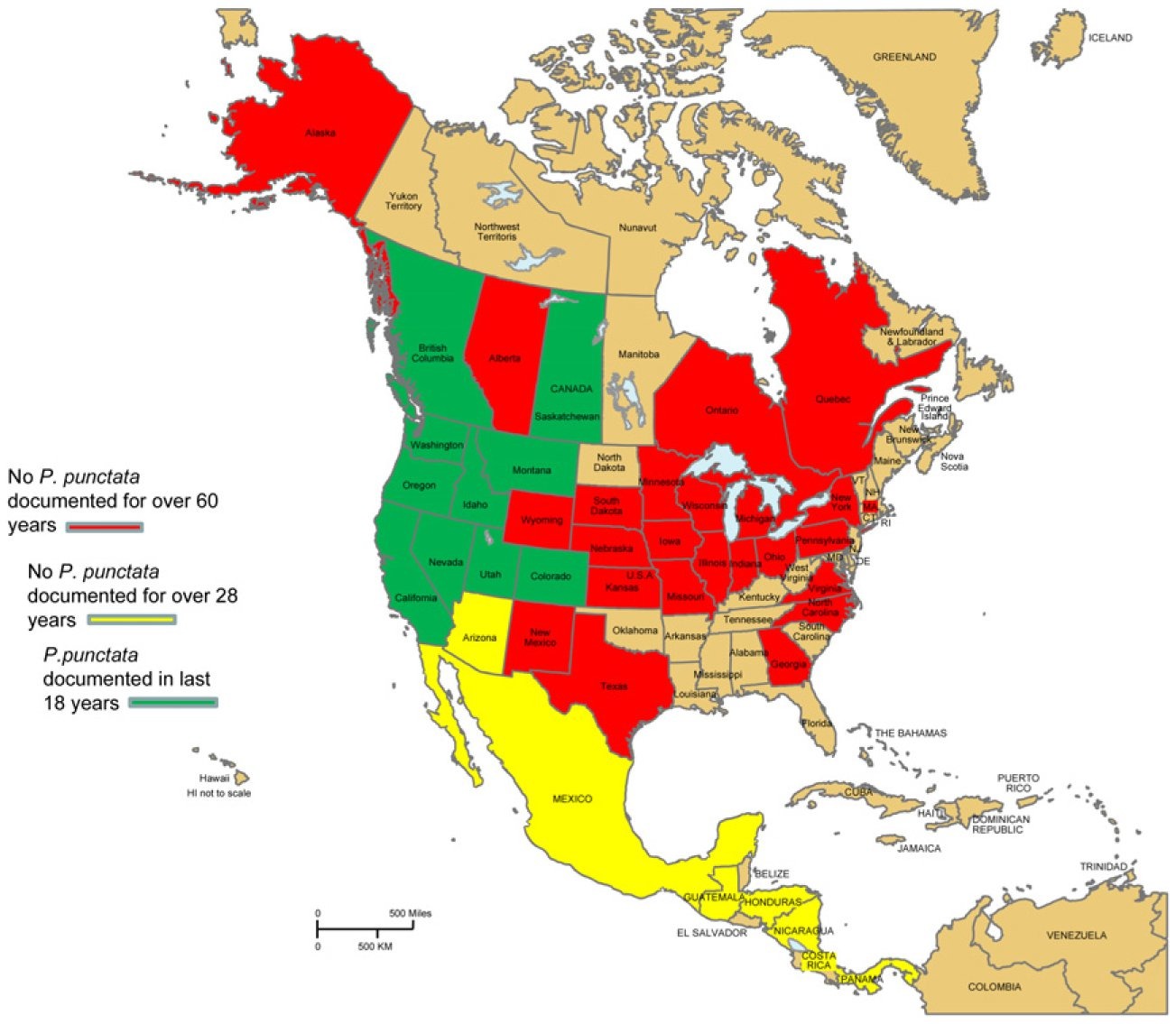
In 2012, Michael Skvarla noticed a massive dead insect outside a Walmart in Arkansas. The Director of Penn State University's Insect Identification Lab thought it looked interesting and took it home. However, it was not until recently that the scientist realized he had picked up a rare, Jurassic-era bug.
Skvarla had initially thought the bug was an antlion. The dragonfly-like predatory insects can be found worldwide. But that changed in 2020 when the researcher was conducting an online course on insect biodiversity. Skvarla was showing the specimen to his students when he realized that it had a 50-millimeter wingspan. This was a clear sign that it was not an antlion. A closer inspection indicated that the bug was probably a rare, giant lacewing. DNA analysis confirmed the team's suspicion.

"We were watching what Skvarla saw under his microscope, and he's talking about the features and then just kinda stops," one of his students, Codey Mathis, said. "We all realized together that the insect was not what it was labeled and was, in fact, a super-rare giant lacewing."
Giant lacewings were once abundant across North America. However, they disappeared from the eastern part of the continent around the 1950s. Some scientists blame the insects' demise on light pollution. Others think it was due to the introduction of new predators. The insects are described as "Jurassic-era" because they belong to the Ithonidae family, which has been around since the age of the dinosaurs.

Skvarla and his team unveiled their discovery in the journal Proceedings of the Entomological Society of Washington in November 2022. They suspect the new specimen is part of a rare, surviving eastern population of giant lacewings that have evaded detection for decades. The precious bug is now part of the collections at Penn State's Frost Entomological Museum.
Resources: CBSnews.com, PSU.edu
